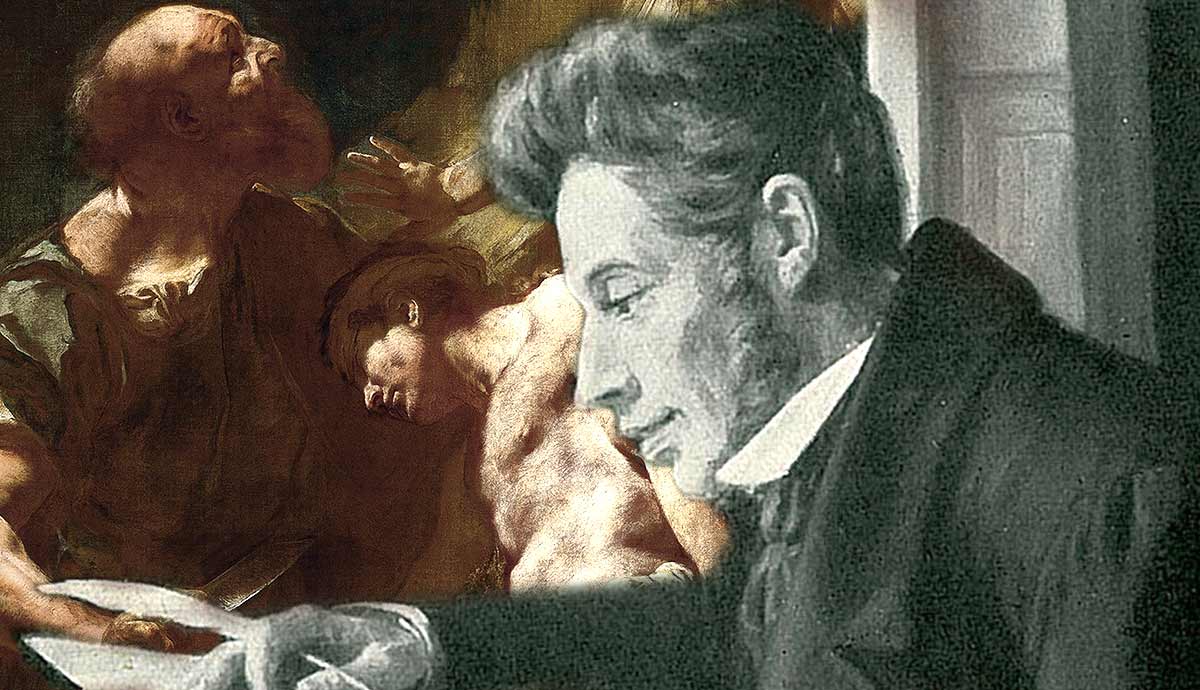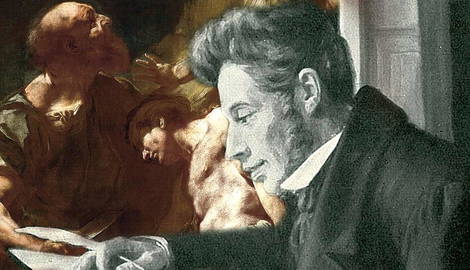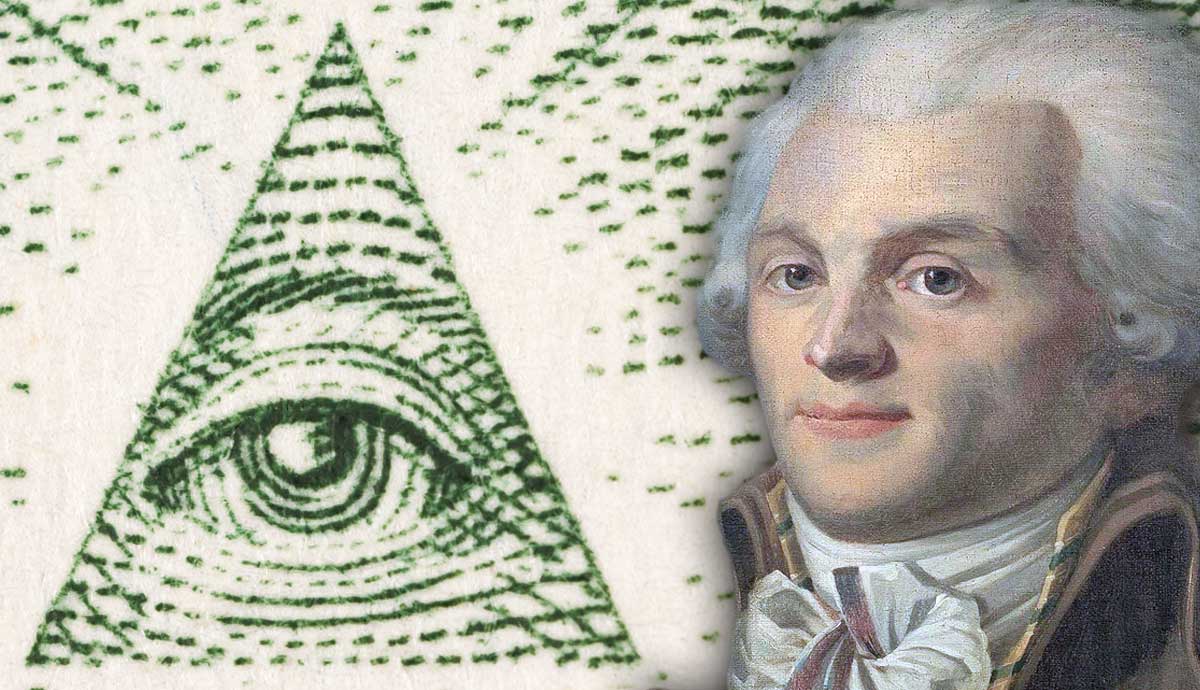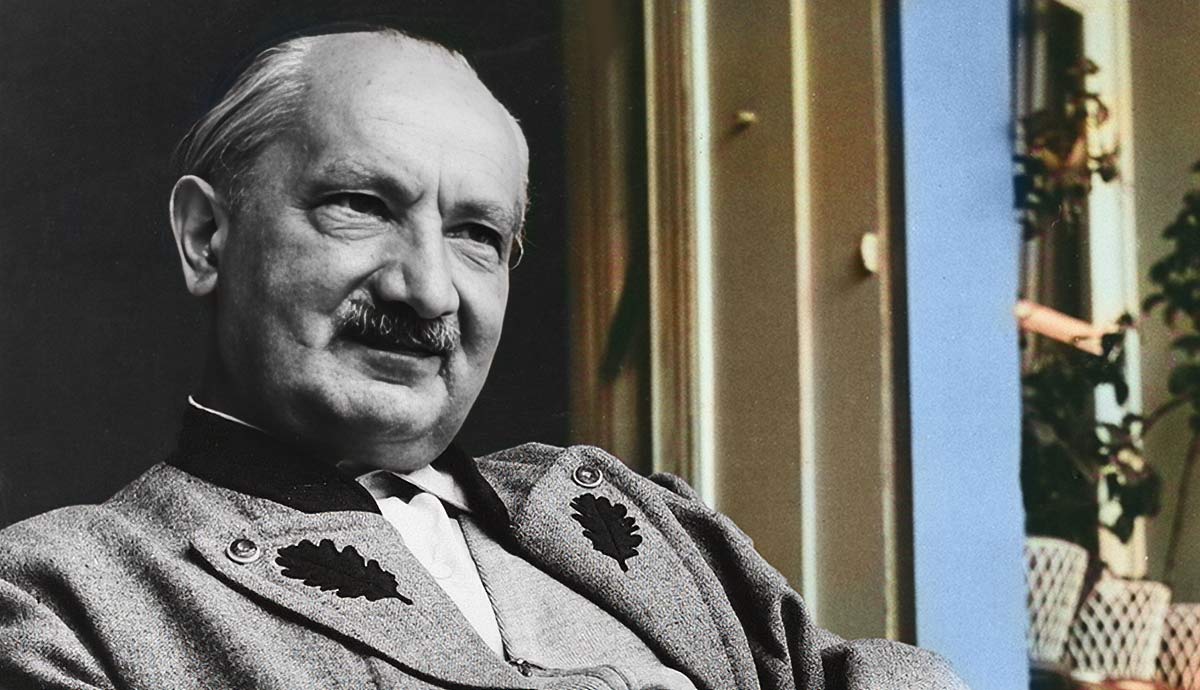
Was God’s command for Abraham to sacrifice his son cruel? Does faith require embracing the unknowable, the inexplicable without question? Are there ethical dimensions to faith and God? What constitutes faith in the first place? These are the central concerns discussed in Kierkegaard’s rhapsodic work Fear and Trembling, which he wrote pseudonymously under “Johannes de silentio” (John of Silence).
Kierkegaard and the Knight of Faith

Taking the story of Abraham and Isaac, Kierkegaard examined the essence of belief. He contested the Church’s interpretation of this tale, with Abraham as the “father of faith” for his absolute obedience and submission to God. Alternatively, the Jewish tradition focuses more on God’s mercy shown to Abraham.
This makes faith a reflection of obedience and mercy, significant social virtues. For Kierkegaard, Abraham is indeed the ultimate “knight of faith,” but for him, faith goes beyond the commonly accepted notions of social virtuosity; he puts these interpretations on their head, making Fear and Trembling as disturbing as the biblical tale of sacrifice.
However, we should establish what faith itself is for Kierkegaard to better understand the principles and what it means to be a Knight of Faith.
What Is Faith?

Throughout Fear and Trembling, Kierkegaard discusses “the movement of faith” and how it “must continually be made by the virtue of the absurd.” This line encapsulates two essential points regarding faith: the first is that faith is always in movement, and the second is that it relies on “the absurd.”
This work’s subtitle is “dialectical lyric,” showing that it’s a philosophical argument (dialectical) but is also as much of an aesthetic work (lyric). Kierkegaard reveals that the aesthetic is based on “immediacy,” a concept borrowed from Hegel, whom he engages with throughout the text.
Hegel postulated that immediacy meant “unreflective knowledge” and, significantly, included faith in this category. In Kierkegaard’s interpretation, immediacy is “absolutely committed to relative ends.” This contradictory measure of faith is what makes him stand apart in theology.
Faith, for Kierkegaard, is indeed slippery and imprecise. He claims that we cannot directly talk about faith or what it is, but rather, we can only suitably express what kind of faith we are talking about or what we want from faith.
This opposes the Hegelian idea that “Absolute Knowledge” can be acquired through a hierarchy of manifestations, from the lowest medium being Art, then Faith, and the highest expression being Philosophy. Kierkegaard argued against this. Faith has no place whatsoever in a system of thought because faith, by definition, is unknowable, inexplicable, and inexpressible. We have faith because we believe in the absurd, in what is impossible, even if it may seem or be irrational. Faith is an expression of the limits of our thinking and our perceptions. This is why it cannot be communicated or expounded in language. Abraham’s story perfectly captures this because Abraham’s faith is outside human discourse, making all the ideas of social virtues extracted from his experience an illusion.
Abraham: The Ultimate Knight of Faith

Kiekegaard’s Abraham suffers for faith, and this trial isolates him from society as a whole. This isolation makes him a great example, the knight of faith. This is why societal virtues are unimportant regarding true faith and the test of faith for Kierkegaard. Abraham’s virtues lie in a more metaphysical, divine realm, albeit not directly because he is a mortal man. His revelation to slaughter his son is a message for God. It must’ve been troubling for him; it was a confusing disclosure. God wanted to be a witness to his faith, but only through the most abject demand for a father. Kierkegaard puts us into Abraham’s mind and explains what makes his faith unbending.
Abraham could have resigned Isaac to God, sacrificing his son for the sake of faith. In that case, he wouldn’t expect Isaac to return to him. But rather, his faith made him resolute that Isaac would return to him, if only on the “virtue of the absurd.” His conviction that despite all the odds, despite biology, despite the knife cutting his only son, Issac would be back in his arms. His faith didn’t hinge on social or divine scores from society or God. His faith is pure, a hardened belief.
The Absurdity of Abraham’s Faith

This belief portrays significant elements regarding Abraham’s status as the knight of faith. First, he had a powerful love for God; he expected the impossible and absurd because he knew his faithful love would not be overturned. Thirdly, he strove not for recognition in the world, community, or for himself but only for God.
The blinkered vision of faith opens Abraham to a world of possibilities precisely because his experience of faith and his belief is outside the realm of human discourse and the lone communicative tool human beings have language. This broader vision, a cosmic opening, a world beyond this world, is what Abraham’s faith represents. It inspires us because it gives us a glimpse of the divine as the belief in the divine opens up new other-worldly opportunities for experience.
Abraham’s faith shows us that being, life, whoever it is, finds its meaning in the source of creation itself. Meaning isn’t in the “dark passions” of the soul and neither in the “raging elements and forces of creation,” though powerful it may be, are no match to the intensity of God.
Knight of Resignation vs. Knight of Faith

Kierkegaard’s definition of faith has another dimension, which he shows by contrasting the “knight of resignation” with the “knight of faith.” The difference between resignation and faith opens up the complexity in Abraham’s willing sacrifice of his beloved son.
In Kierkegaard’s sense, one must necessarily have prior resignation to be faithful and have faith. The believer must learn as much from the knight of resignation as from the knight of faith. He defines resignation as sacrificing what one cherishes and not expecting it back.
Kierkegaard emphasizes that what makes resignation so crucial for faith is the person’s ability not to give up thinking about what they desire but simultaneously know that one will never attain or regain their object of desire. It would be “logically impossible” and “absurd” for them to think they can have what they want but still love it and have it perpetually in their thoughts.

The example of a knight of resignation is shown to be a man of meager means in love with a princess. He has resigned, thinking he can’t even contemplate marrying a princess because of his status, societal position, and lack of wealth. This would look differently if he had faith, as he would believe that—despite his position—the princess and him would someday have marital bliss.
In contrast, God promised Abraham a whole generation, a continuation of his prophetic legacy, and he had to resign from it for his faith. It is enmeshed in his faith, his thwarting of the faithful followers that were to be borne through him and his wife, Sarah. This resignation is a salient characteristic of his faith.
Ethical Dimensions of Faith

Now, we should cover the ethical dimensions of faith, if there are any. We have to go back to Hegel to understand the context behind Kierkegaard’s view. Hegel’s system highlights a concept he calls “Sittlichkeit” or “the ethical life.” He argues that this is one of the most important aspects of living in a greater society or civilization.
Hegel believed the ethical life raises the importance of the collective society, the universal rather than the individual or the particular. Kierkegaard takes this idea of the ethical life and expands and mutates it throughout the text regarding Abraham’s sacrifice. For Hegel and Kierkegaard, the universal is related to the whole, the collective, and not necessarily the subject individual. A Hegelian example is that if the state demands one to execute their own son, they are obliged to do it for the sake of the “whole”; otherwise, this might be scandalous in terms of ethics outside of this context.
Kierkegaard points out something incredibly insightful regarding Abraham’s experience and brings forth the question of the ethics of faith. He claims that Abraham had no obligation, ethical or otherwise, towards a state or collective when he went up to the mount to sacrifice his son. Instead, one could argue, he was even harming the future collective, as God promised him progeny, a future ‘universal’ “concealed in [Isaac’s] loins.” This is where Kierkegaard puts forth the idea of the “teleological suspension of the ethical.”
Sometimes, the ethical can be suspended for some elusive, hidden, greater end (telos), unlike in Hegel’s system. Abraham’s suspension of the ethical rests on the precarious nature of faith; faith has relative means for Kierkegaard, making it an ever-more fascinating concept and experience.









